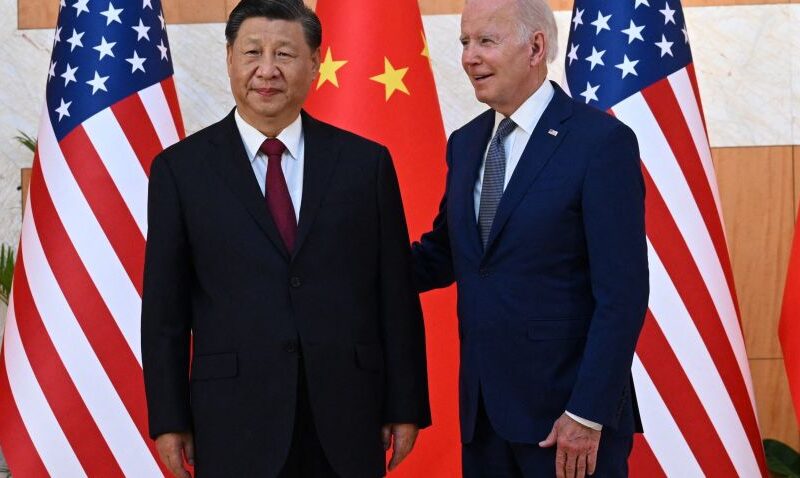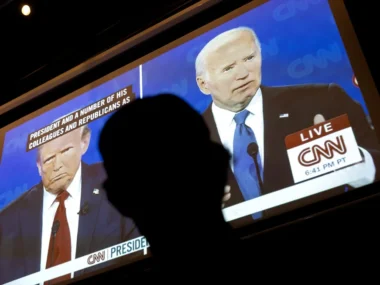In August, China witnessed a decline in its exports by 8.8% compared to the same month last year, while imports also contracted by 7.3%, as reported by customs data. This situation is putting significant pressure on China’s extensive manufacturing sector due to diminishing demand both domestically and internationally.
Economists surveyed by Reuters had anticipated a 9.2% decrease in exports and a 9.0% drop in imports, indicating that the actual numbers were slightly better than expected.
China’s second-largest economy is facing the risk of falling short of Beijing’s annual growth target of approximately 5%. This challenge arises from factors such as a worsening property market, weakened consumer spending, and a decline in credit growth. Consequently, many analysts have revised down their growth forecasts for the year.
To address these concerns, Beijing has introduced a series of measures in recent months aimed at stimulating growth. These include relaxing some borrowing rules by the central bank and top financial regulator to support homebuyers. However, analysts caution that these steps may have limited impact, especially with a slowing labor market recovery and uncertain income expectations for households.
Chinese factory activity continued to contract for the fifth consecutive month in August, as indicated by a purchasing managers’ index. This contraction is primarily attributed to a lack of new export orders and difficulties related to imported parts.
On a positive note, factory owners have reported an improvement in producer prices for the first time in seven months, suggesting a slight uptick in domestic demand.
Furthermore, South Korean shipments to China, which serve as a key indicator of China’s imports, only decreased by a fifth last month. This represents a milder decline compared to the 27.5% drop recorded the previous month.
In terms of trade balance, China recorded a trade surplus of $68.36 billion in August. While this figure is slightly below the forecast of $73.80 billion, it marks a decrease from the July surplus of $80.6 billion.











